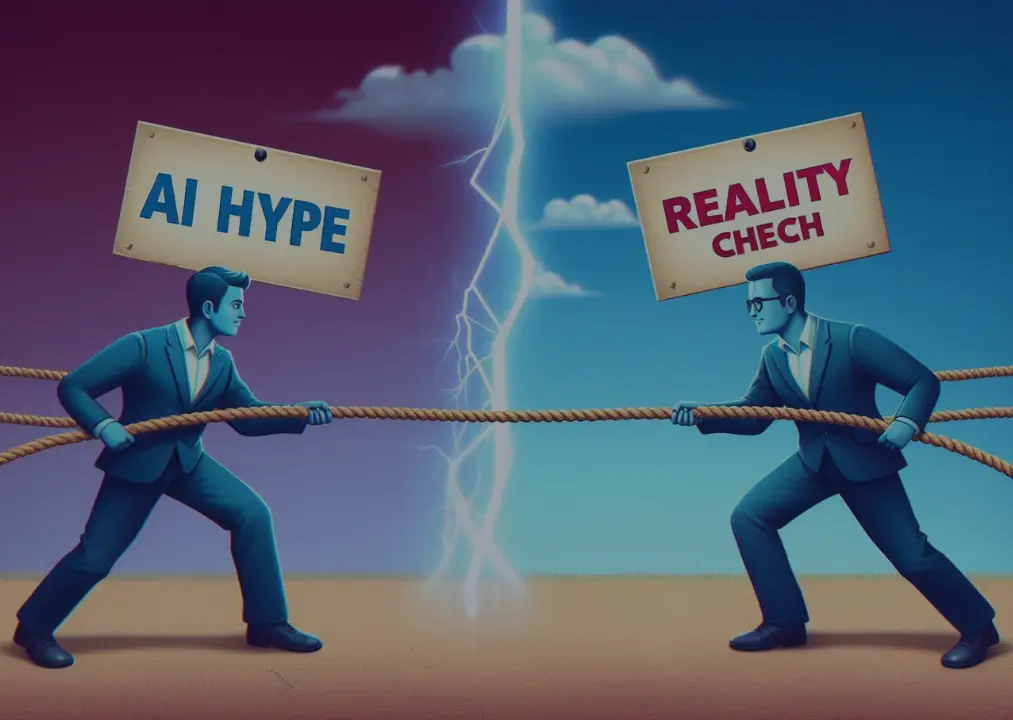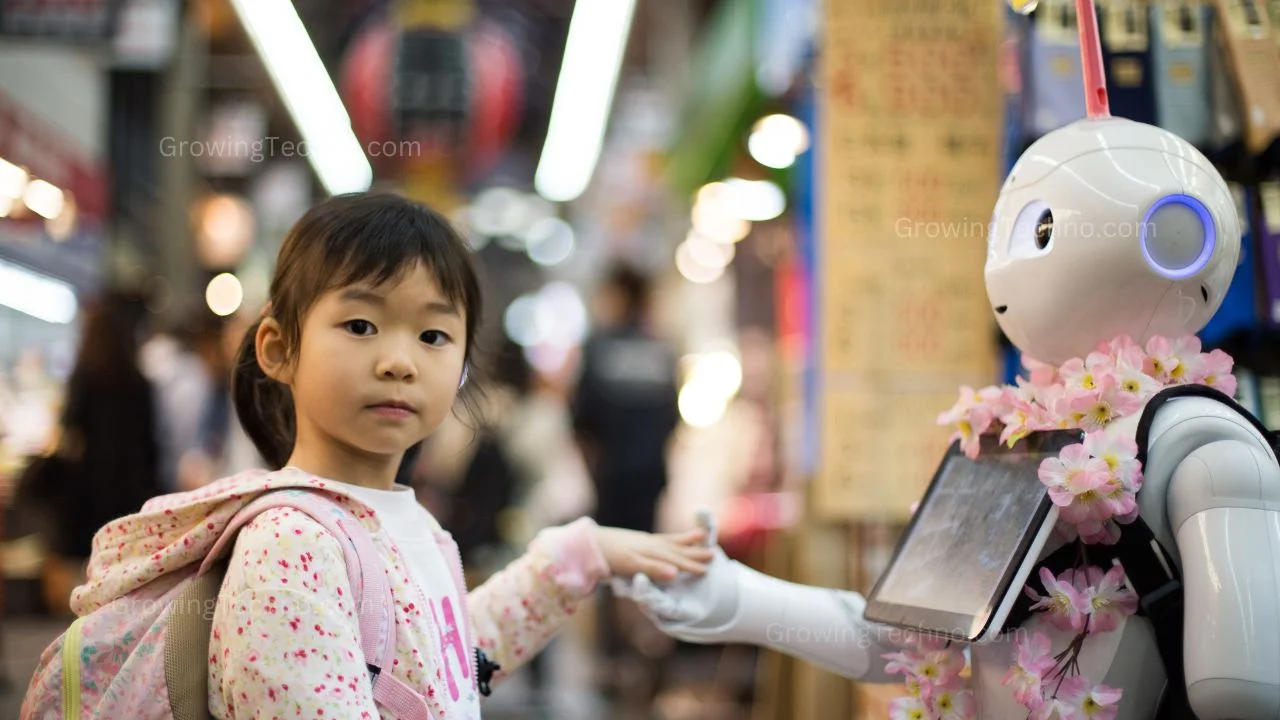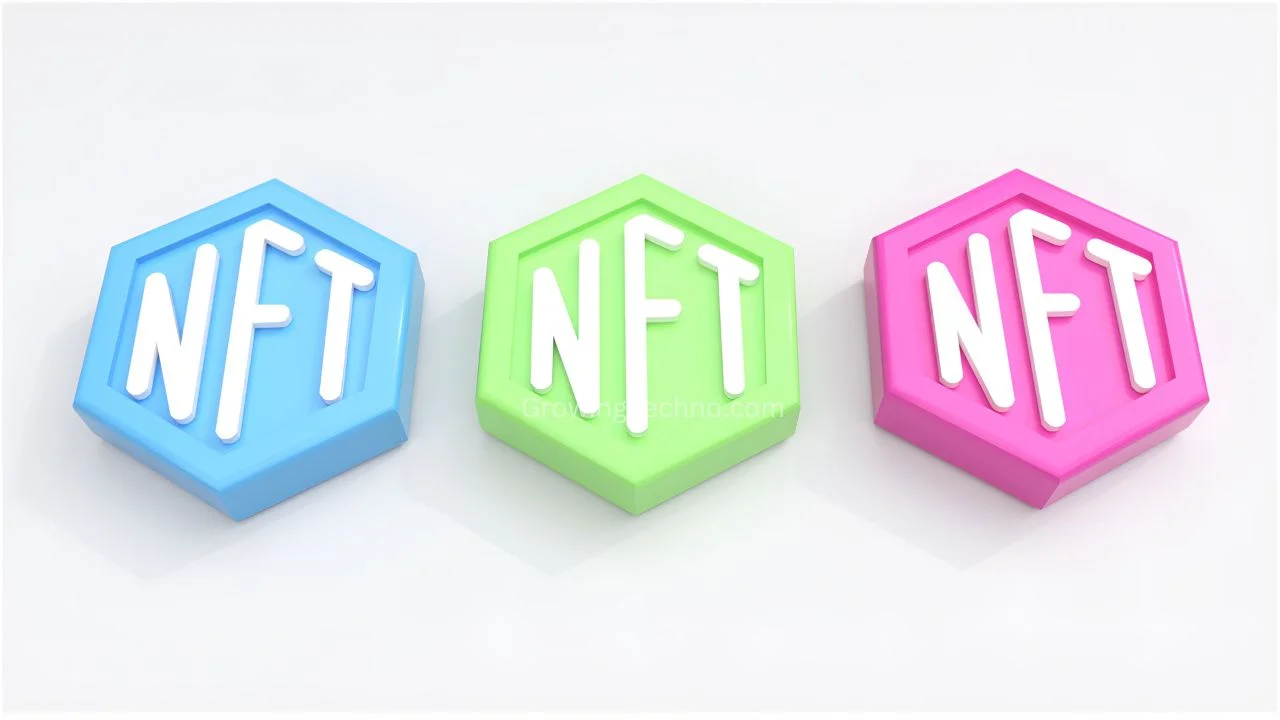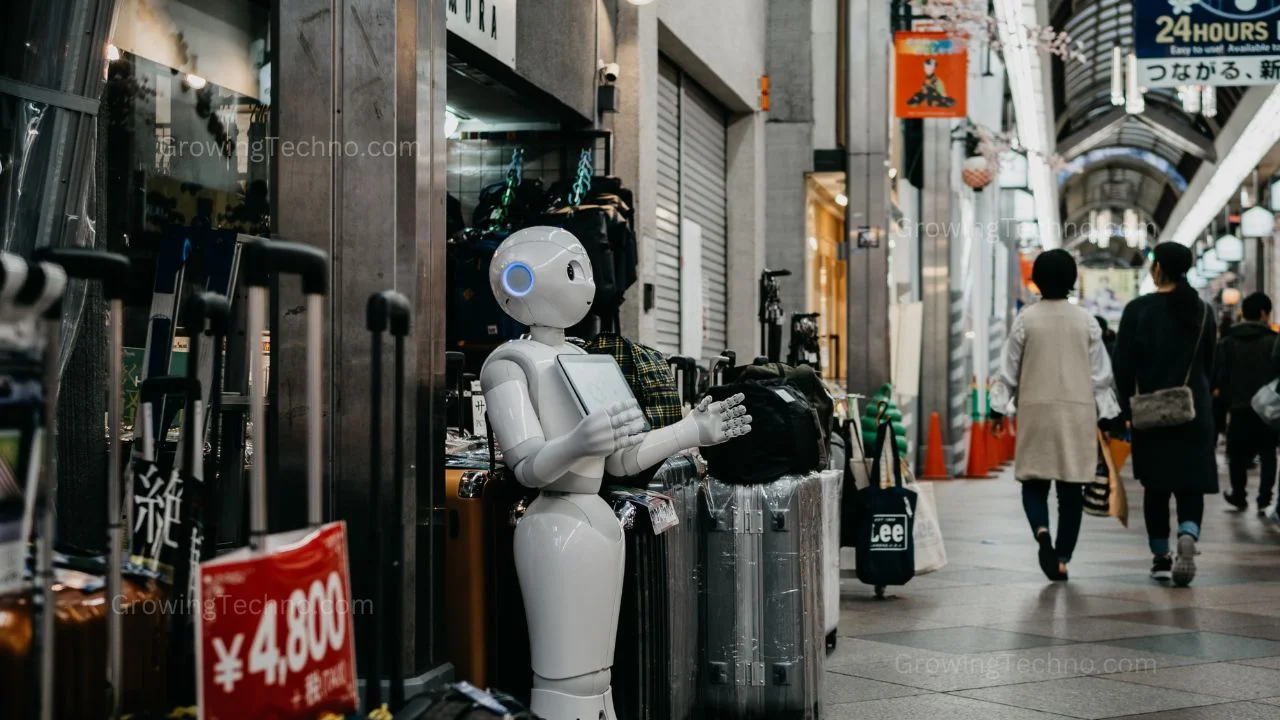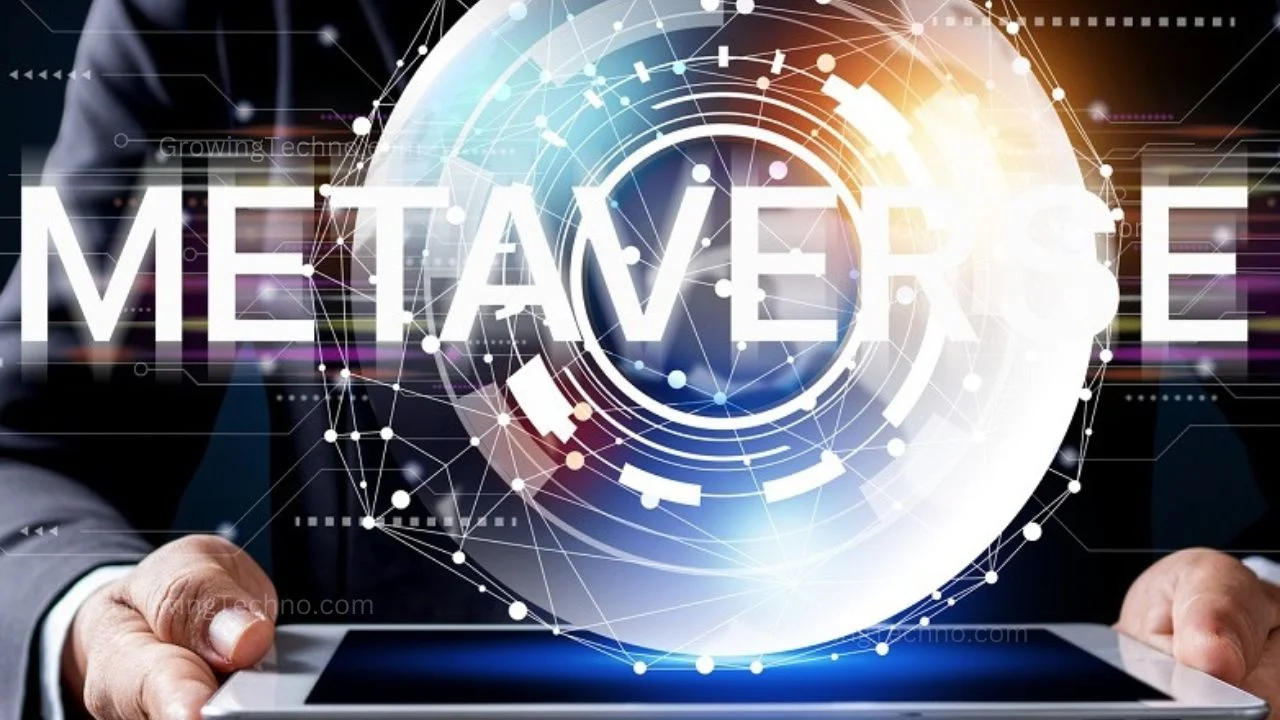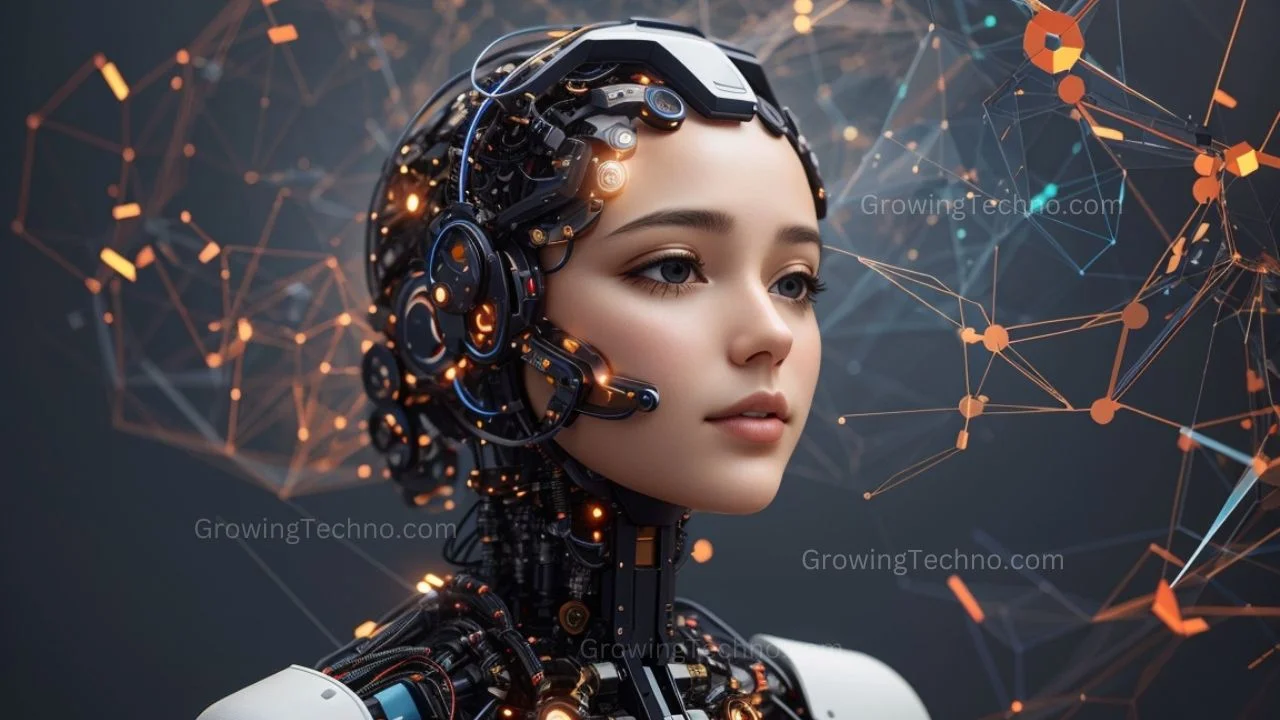
In today’s rapidly evolving technological landscape, generative AI has emerged as a revolutionary force, redefining the way we interact with and harness the power of artificial intelligence. This article aims to demystify the concept of generative AI, breaking down complex technology into more accessible terms while shedding light on its applications and implications.
Generative AI: Crafting the Future
At its essence, generative AI revolves around the art of innovation. Unlike its AI counterparts dedicated to data analysis or aiding in automated tasks, generative AI models and algorithms specialize in the creation of novel content. They achieve this remarkable feat by tapping into the wealth of information from their extensive training datasets and leveraging this knowledge to formulate predictions.
The fundamental goal of generative AI is to nurture creativity and generate content across a multitude of domains, spanning from textual narratives and visual artworks to captivating videos, intricate lines of code, intricate datasets, or lifelike 3D renderings. While this may appear as a technological wonder, it is swiftly evolving into a fundamental component of our digital existence.
The Buzz
Recent times have witnessed a surge in the prominence of generative AI, propelled by groundbreaking AI programs such as OpenAI’s ChatGPT and DALL-E, an AI image generator. These tools harness the capabilities of generative AI to swiftly produce a wide spectrum of content, spanning computer code, essays, social media captions, and images, all accomplished within mere seconds.
ChatGPT, in particular, has experienced an unprecedented surge in popularity, amassing a user base exceeding one million individuals on a weekly basis shortly following its debut. This surge in interest has spurred numerous companies, including industry behemoths like Google and Microsoft, to venture into the realm of generative AI, underscoring its burgeoning influence across various sectors
Generative AI and Machine Learning: A Symbiotic Relationship
Machine learning assumes a pivotal role within the generative AI landscape. As a subset of AI, machine learning imparts the capability to systems for making predictions founded upon their training data. For instance, DALL-E adeptly crafts images in response to user prompts by deciphering the underlying intent, a feat made possible through machine learning.
Within the realm of machine learning, it becomes imperative to discern that generative AI does not encompass the entirety of machine learning approaches.
Generative AI in Action: Pioneering Models
Generative AI finds applications in various AI algorithms and models designed to create entirely new attributes. Notable examples that sparked widespread interest include ChatGPT and DALL-E. However, the generative AI landscape continues to expand rapidly, with companies developing their own models.
Prominent entries in this ever-growing list include Google Bard, Bing Chat, Claude, PaLM 2, LLaMA, and more. These models continue to push the boundaries of generative AI, offering innovative solutions across diverse domains.
Generative AI in the Art World
A captivating facet of generative AI lies in its contribution to the world of art. Its art involves models that undergo extensive training on vast art datasets harvested from the internet. These models acquire proficiency in various artistic styles, which they can subsequently employ to craft fresh artworks based on textual prompts.
While DALL-E stands as a prime exemplar of an AI art generator, it is by no means solitary in this endeavor. Microsoft’s Bing Image Generator, built upon an advanced iteration known as DALL-E 2, has garnered acclaim as one of the premier AI art generators within the field.

Implications of Generative AI in Art
AI-generated art models draw inspiration from the vast expanse of internet imagery, frequently reimagining and repurposing existing artworks without acknowledging the original artists. This inevitably gives rise to inquiries concerning the authenticity and ethical dimensions surrounding AI-generated art.
The ongoing discourse regarding whether AI-generated art attains the status of genuine “art” is bound to endure, primarily due to the transformative essence of this technology.
Text-Based Models: How They Learn
Text-based generative AI models, such as ChatGPT, embark on a journey of self-supervised learning. Throughout their training, these models ingest massive volumes of textual data, extracting knowledge from the information they absorb, enabling them to formulate predictions and provide responses.
Nevertheless, apprehensions loom over generative AI models, especially those specializing in text generation, primarily due to their training on internet data. This data repository comprises copyrighted content and information disseminated without explicit consent, raising ethical and legal concerns.
Shortcomings and Challenges of Generative AI
Generative AI models, despite their remarkable capabilities, have their limitations. They generate content based on the data they were trained on, and there are no guarantees of correctness, even if the responses sound plausible. These models can also perpetuate biases present in their training data, raising concerns about the spread of misinformation.
Furthermore, its models do not always verify the accuracy of the information they provide. Users should exercise caution and critical thinking when relying on the content generated by these models.
In response to these challenges, some of its models, like Bing Chat and GPT-4, aim to bridge the information gap by providing footnotes with sources, offering users greater transparency and the ability to verify responses.
Conclusion
In conclusion, Generative AI stands at the forefront of technological innovation, redefining our engagement with technology and fostering boundless creativity. However, it doesn’t come without its share of ethical and pragmatic complexities.
As Generative AI forges ahead, weaving into different aspects of our existence, its far-reaching influence on industries, art, and our broader society will become even more pronounced. To navigate this transformative technological landscape effectively, it’s imperative to stay well-informed and exercise critical judgment when engaging with the content it produces.


